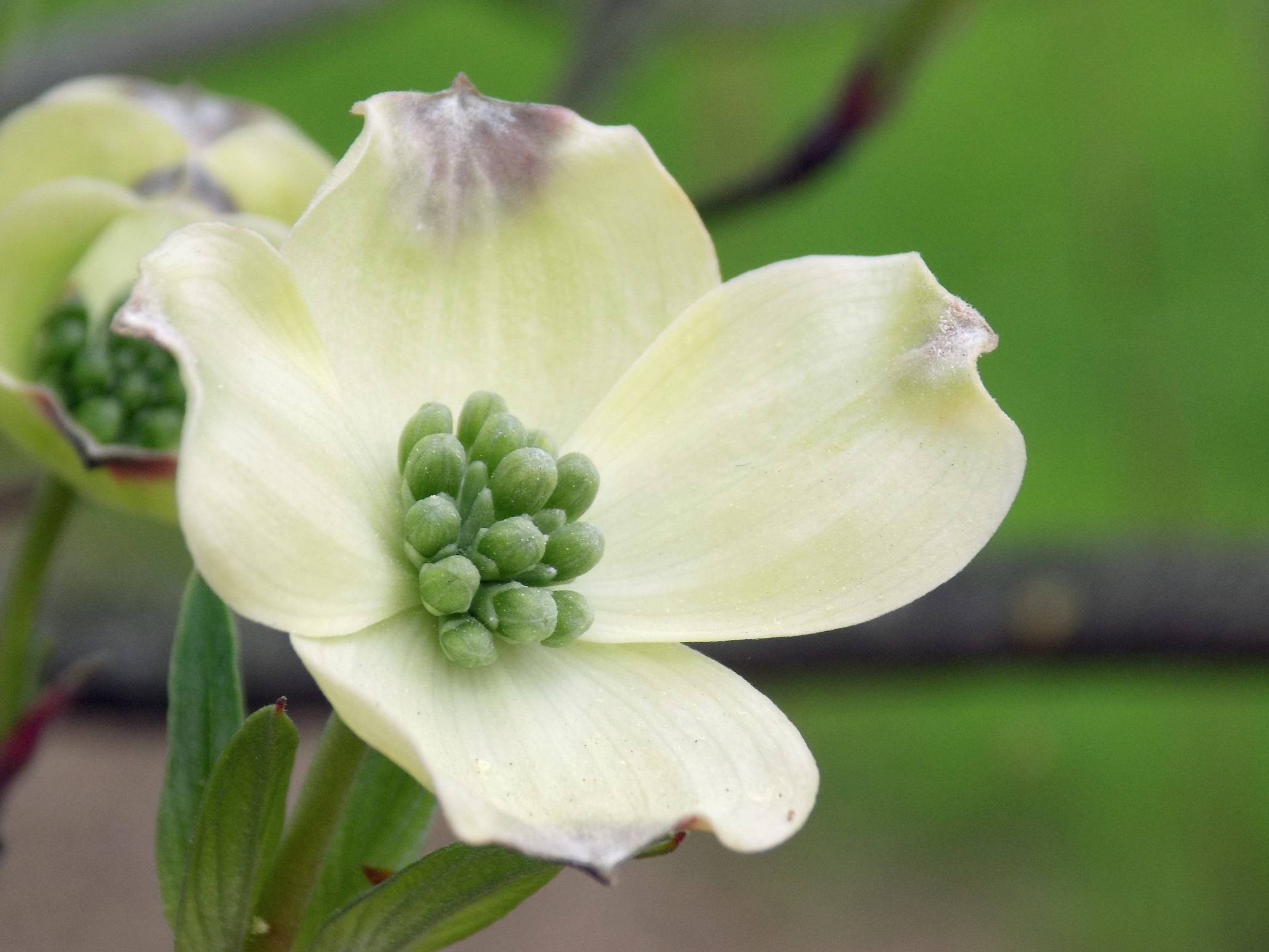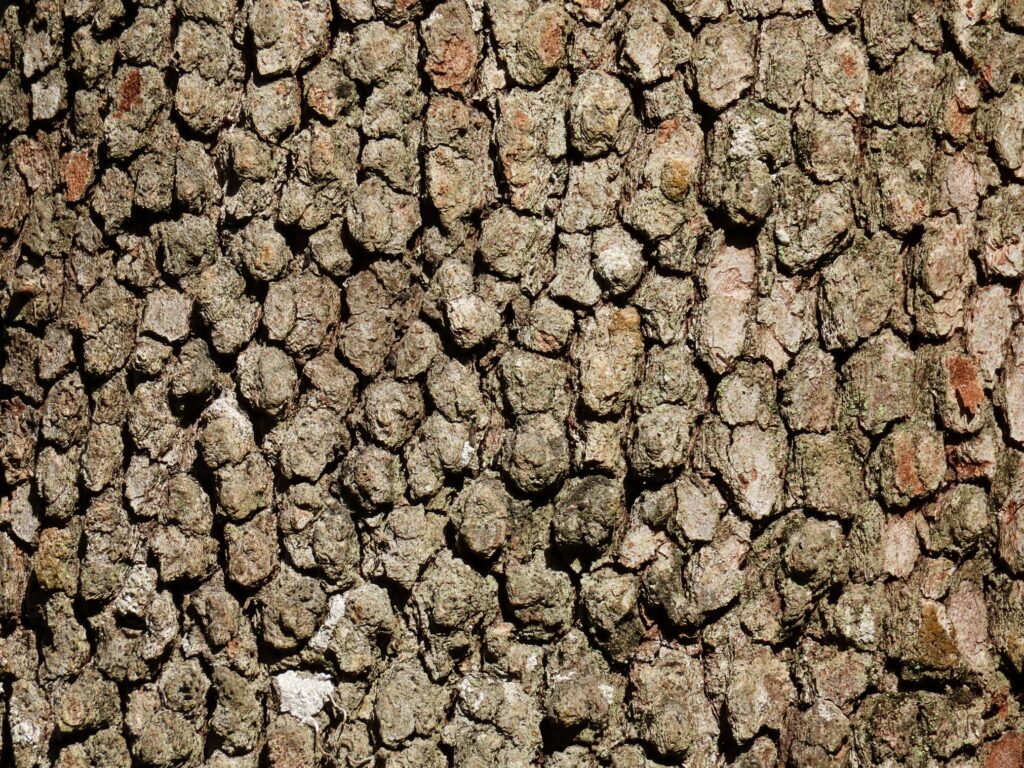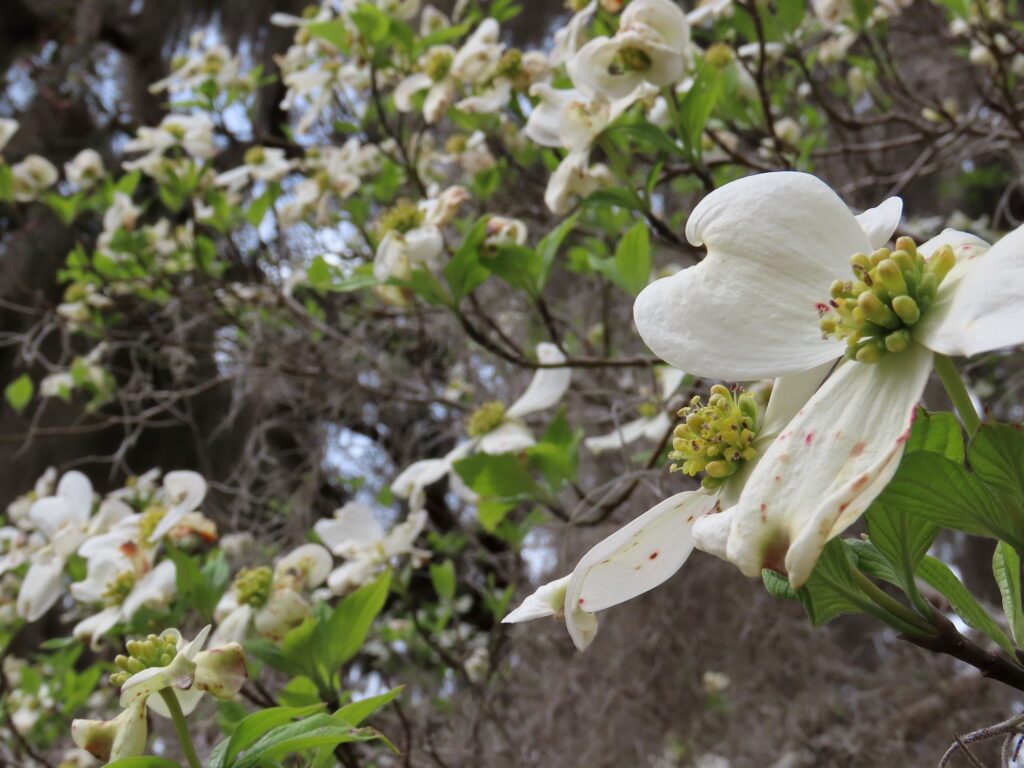
This week for Flora and Fauna Friday we have an elegant forest dweller content to live its life outside the spotlight of the sky. This week we’re appreciating the Flowering Dogwood (Cornus florida).
Flowering Dogwood is a small species of tree adapted to life in the forest midstory. The midstory of a forest is a vertical location, below the canopy in between the trunks of the dominant trees but above the limbs of the brush, an arboreal interstice. Dogwoods don’t do well in full sunlight and prefer to spend their lives beneath the envelope of the forest canopy. As such, they are short and slow growing with dense crowns of wide elliptical leaves to help soak up the scattered light that trickles through the canopy. This slow growth makes their wood extremely dense and quite tough but remarkably pliable, especially when green. Their bark is finely fissured and blocky, with a reptilian appearance.

Dogwood’s humble ecology is not all that gives it significance in our landscape. That would be its spring display. As the names suggests, Flowering Dogwood produces a magnificent display of flowers when in bloom. Its crown is laden with large white flowers at the tip of every branch. A second snowfall to celebrate the passing of winter. These flowers appear four-petaled. However, in reality these mock-petals are but bracts, modified leaves. The true petals are found in the center. The small green-yellow flowers are found in a cluster at the heart of the bloom. These disguised blooms give way to scarlet drupes, a one seeded fruit, in summer that are enjoyed through the fall and winter by the birds of the woods. In winter, Dogwoods shed their leaves and retreat within that frigid meditation. Yet, the large spherical buds that cap their twigs foretell of the splendor of next year’s display, patiently waiting to echo the final snowflake.

Dogwoods are currently under attack in the Southeastern US from a fungus. A disease is called Dogwood Anthracnose. The disease begins as dark spots on the leaves of the tree, slowly spreading through the leaves and eventually into the twigs. From there, the fungus makes its way beneath the bark into the branches of the tree, killing off limbs as it moves. If it eventually spreads throughout the trunk, it will kill the tree. Late stage infections can be identified by excessive epicormic budding on the main branches and trunk. Epicormic budding is where a tree will produce new branches from below the bark on the limbs and trunk. An Anthracnose ridden tree will be covered in small branches all along its trunk. This auxiliary growth is a natural response to damage in the tree’s vascular network, such as losing a branch or girdling. This disease harms trees in wet habitats and full sun the most. These are areas where the plants are already under environmental stresses and are not able to fight off the disease indefinitely.